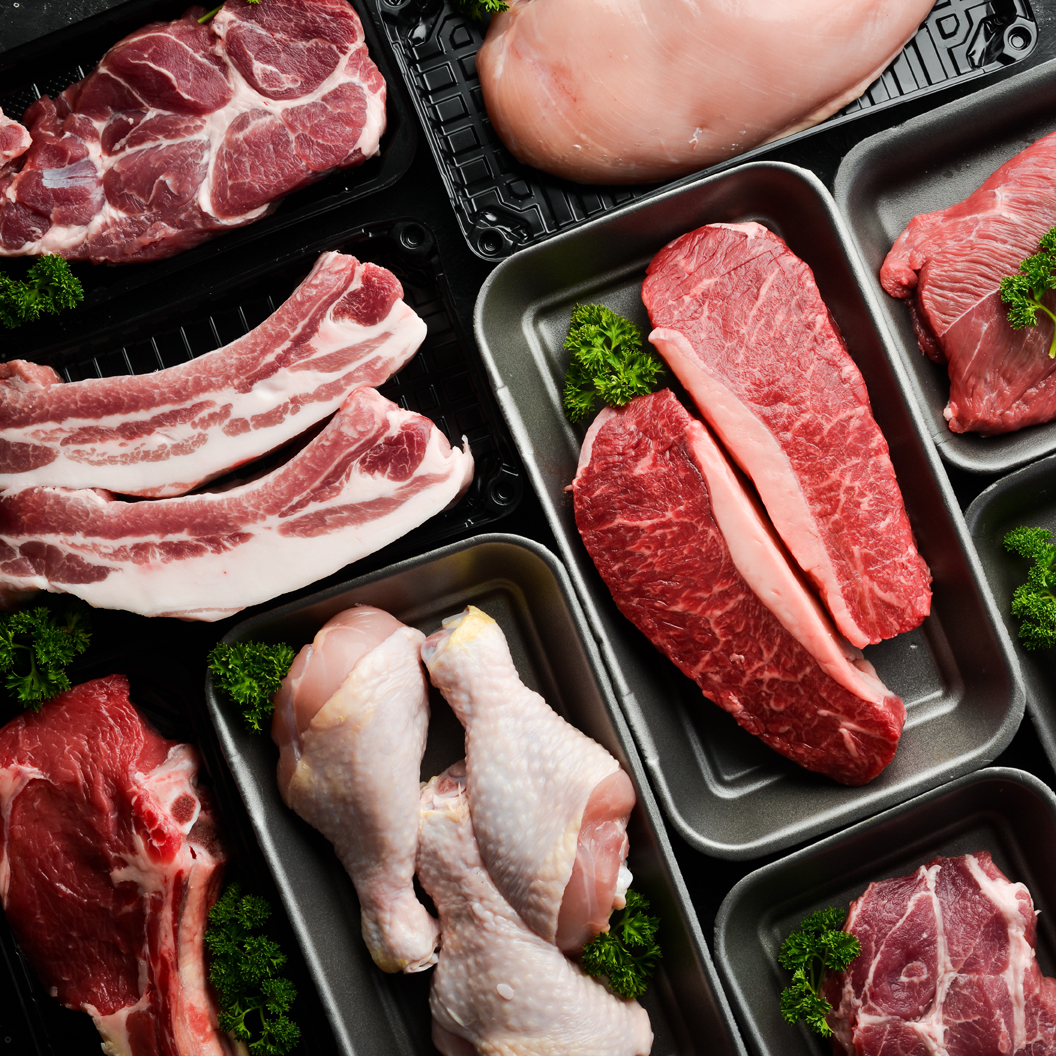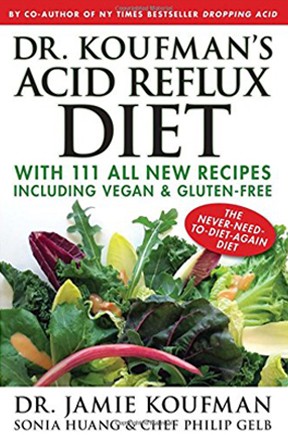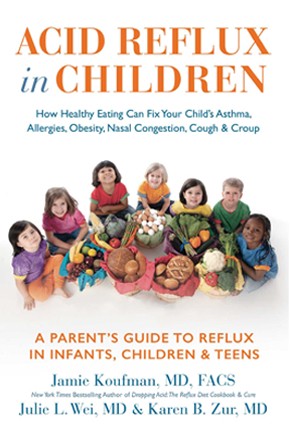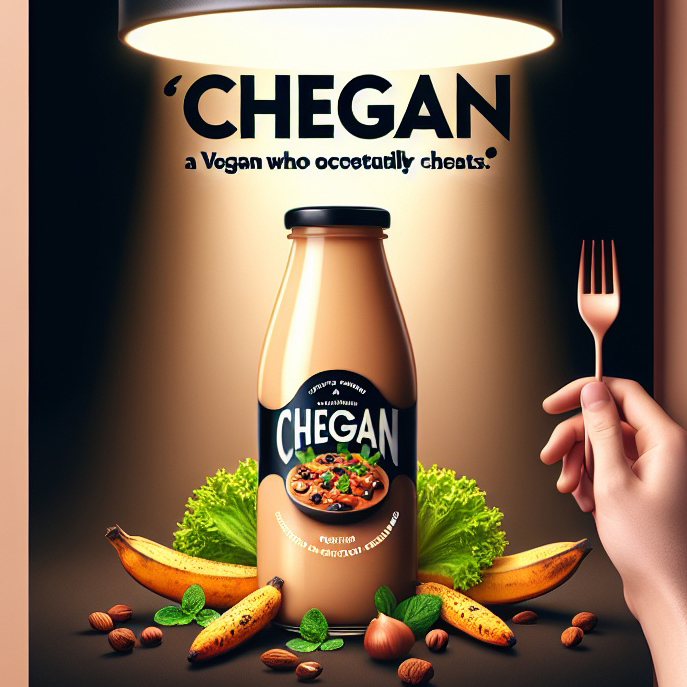
Is The Keto Diet Bad For Acid Reflux?
At-A-Glance
- Ketosis is a metabolic state that occurs when the body burns fat for energy instead of glucose; but even during complete starvation for 30 days, only 75% of the body’s nutritional requirements come from fat; the rest comes from protein, from muscle.
- The KD diet consists of meat, fish, eggs, cheese, nuts, butter, cream, and oils. While it may be temporarily beneficial for obese diabetics, side effects include halitosis, constipation, osteoporosis, and impaired kidney function.
- The high-fat, KD is a terrible idea if you have acid reflux because fat relaxes the lower esophageal sphincter, which then leads to acid reflux.
Join Facebook Live with Dr. Jamie Koufman the 1st Wednesday of the Month at Noon Eastern Time; and if You Have Questions About Respiratory Reflux Ask Them There. And If You Miss It Live, It Gets Posted to YouTube Afterwards.
Although fat is the principal storage form of energy in humans, the body, especially the brain, relies on glucose. In fact, we need about 180 grams of glucose daily, with 140 grams going to the brain. When I was a surgical resident in the 1970s, I found a fascinating article about ketosis, Starvation in Man, by George Cahill (N Engl J Med 1970;282:668-675).
If one fasts or is otherwise completely calorie-deprived for several days, here’s what happens: First, the body burns all the glucose stored in the liver; then, it starts breaking down muscle to make glucose by a process called gluconeogenesis. Then, after about two days without food, there is a switchover—from Krebs’s cycle to Cori cycle—and fat (ketones) are then used as fuel; at that point, the brain can run on ketones … and hunger may be replaced by a sense of euphoria. At that point, the body and brain mostly run on fat.
Before writing this post, I searched PubMed for data on the ketogenic diet (KD) and was surprised by how little science there was. (By the way, you can examine the peer-reviewed scientific literature on PubMed.) For one thing, I could not find biochemical data that measured ketosis; many of the articles were about children with seizures and weight loss. In a review article, the authors concluded, “The changes reported in the studies we reviewed are not statistically significant.”
The KD diet consists of meat, fish, eggs, cheese, nuts, butter, cream, and oils. It is a high-fat, low-carb diet. The KD is high in fat, moderate in protein, and low in carbohydrates. You will have to forego whole grains and many fruits and vegetables. So you’ll also have to cut out bread, cereal, and other grains.
While the KD may be temporarily beneficial for obese diabetics, its side effects include halitosis, constipation, osteoporosis, bone fractures, impaired kidney function … and acid reflux. In addition, endurance athletes should not use the KD diet because of the risk of impaired performance due to the depletion of carbohydrates.
The KD is NOT the diet for people with acid reflux, especially silent reflux, as a high-fat diet loosens the lower esophageal sphincter (LES) leading to reflux; see my Chegan Diet, as well as my My Reflux-Friendly Weight Loss Program.
Please subscribe to this blog to stay current; if you would like to schedule a virtual consultation with me, you can book it online.









